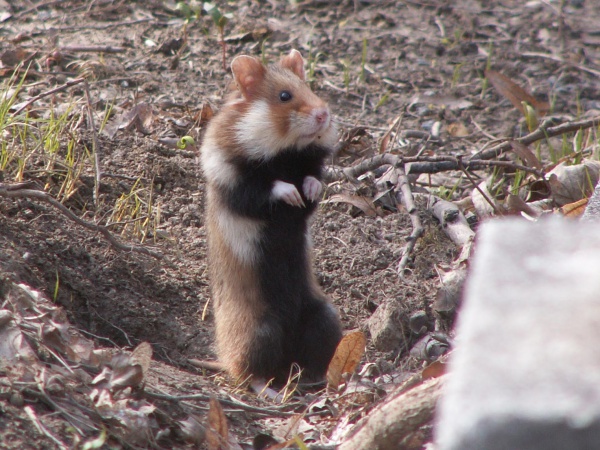Facts About Black-bellied Hamster
The European hamster, also known as the Eurasian hamster, black-bellied hamster, or common hamster, is the sole species within the genus Cricetus. This species thrives in grasslands and similar habitats, ranging from Belgium to Russia. Once regarded as an agricultural pest and hunted for its fur, the European hamster has suffered a severe population decline and is now critically endangered.
Description:
The European hamster features brown fur with white patches, a distinctive black chest and belly, and a short, furry tail. It is larger than the typical pet hamster, weighing between 220 to 460 grams and measuring 20 to 35 centimeters in length. Its dental formula is 1.0.0.3 1.0.0.3.
Behavior:
This nocturnal or crepuscular creature inhabits complex burrow systems. Its diet consists of seeds, vegetables, grasses, and insects, stored in large chambers within its burrow. The hamster hibernates from October to March, occasionally waking to eat. It reaches sexual maturity at just 43 days old and breeds from April to August, producing litters of 3 to 15 young.
Distribution and Conservation Status:
European hamsters prefer low-lying farmlands with loam or loess soils. Their range extends from Belgium to Russia and Bulgaria. In captivity, they can live up to eight years. In 2011, the EU's highest court reprimanded France for inadequate measures to protect the species. By 2014, France had initiated a captive-breeding program to aid in their conservation. The IUCN Red List classified the European hamster as critically endangered in 2020, highlighting habitat loss, pollution, climate change, and historical fur trapping as major threats to its survival.

 Russia
Russia